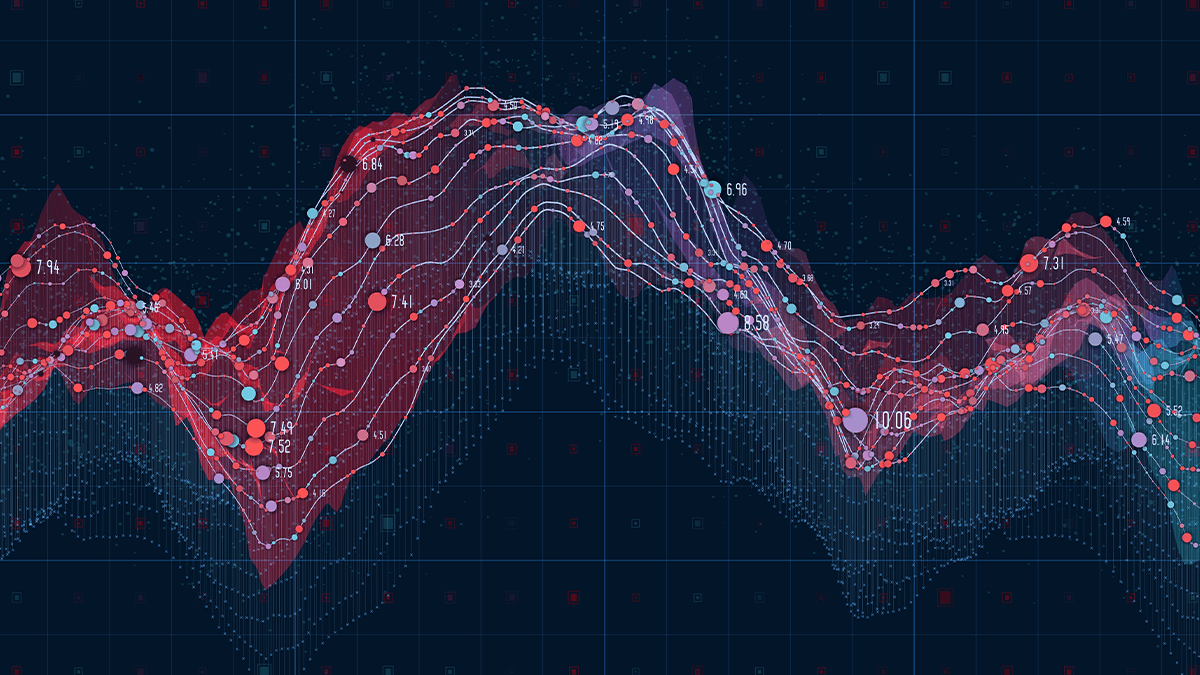
Our partners at Tableau, a leading data visualization tool, empowers businesses to create comprehensive reports and interactive dashboards that provide deep insights into their performance metrics. This blog post will explore the benefits of using Tableau for reporting and dashboard development, as well as best practices for visualizing KPIs.
Benefits of Using Tableau
- User-Friendly Interface: Tableau offers an intuitive drag-and-drop interface that allows users to create sophisticated visualizations without extensive technical knowledge.
- Interactive Dashboards: With Tableau, you can build interactive dashboards that enable users to explore data points in detail, filter information, and gain a deeper understanding of their business performance.
- Real-Time Data Updates: Tableau integrates seamlessly with various data sources, ensuring that your dashboards are always up-to-date with the latest information. This real-time data capability is essential for accurate decision-making.
- Customizable Visualizations: Tableau provides a wide range of chart types and customization options, allowing you to tailor your visualizations to meet specific business needs and preferences.
Best Practices for Visualizing KPIs
- Identify Relevant KPIs: Start by determining the key performance indicators that are most relevant to your business goals. Common KPIs include sales revenue, customer acquisition costs, churn rates, and profit margins. Focusing on the right metrics ensures that your dashboards provide valuable insights.
- Design for Clarity: When designing your dashboards, prioritize clarity and simplicity. Avoid clutter and unnecessary elements that can distract from the main message. Use consistent color schemes and font styles to create a cohesive look.
- Utilize Charts and Graphs: Different types of visualizations can highlight different aspects of your data. Bar charts, line graphs, pie charts, and scatter plots can all be used strategically to display various KPIs. Choose the type of chart that best represents the data you are conveying.
- Incorporate Filters and Drill-Downs: Adding filters and drill-down capabilities to your dashboards allows users to customize their views and delve deeper into specific areas of interest. This interactivity turns static reports into dynamic tools for exploration and analysis.
- Ensure Accessibility: Make sure your dashboards are accessible to all relevant stakeholders. Tableau supports sharing options, including web-based access, which means that users can view and interact with dashboards from anywhere.
Steps to Create a KPI Dashboard in Tableau
- Connect to Data Sources: Begin by connecting Tableau to your data sources, whether they are databases, spreadsheets, or cloud services. Tableau's flexibility in data integration ensures a seamless connection to various types of data.
- Prepare Your Data: Clean and organize your data to ensure accuracy. This step might involve removing duplicates, handling missing values, and transforming data formats as necessary.
- Build the Layout: Design the layout of your dashboard by arranging various visual elements. Position the most critical KPIs prominently, and use effective grouping to guide the viewer's attention.
- Add Interactivity: Incorporate interactive elements like filters, drop-down menus, and clickable charts to make your dashboard user-friendly. Interactivity enhances the user experience and facilitates data exploration.
- Publish and Share: Once your dashboard is complete, publish it to Tableau Server or Tableau Online. Share the link with your team and stakeholders, enabling them to access the dashboard and derive insights in real time.
Leveraging Tableau for reporting and dashboard development can transform how your business visualizes and interprets performance data. By implementing best practices and focusing on relevant KPIs, you can create compelling, interactive dashboards that drive data-informed decisions and strategic planning. Embrace the power of Tableau to unlock deeper insights and enhance your business's overall performance. Get started with Tableau today and take your data visualization capabilities to the next level.
Contact us to learn more about Tableau today.





